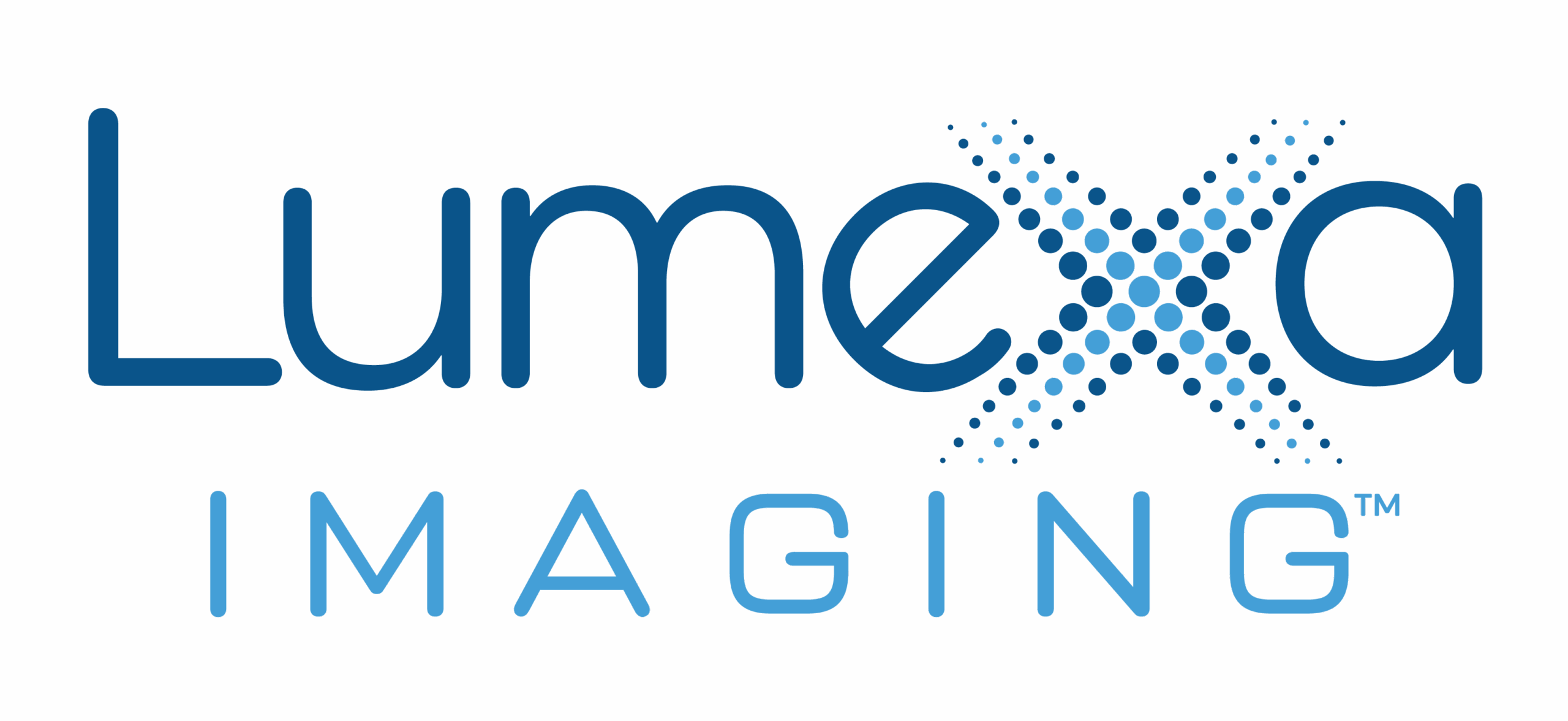Interventional Radiology
Many conditions that once required traditional surgery can now be treated less invasively. Interventional radiologists use image-guidance to diagnose and treat disease, minimizing trauma to the body and reducing infection rates and recovery time. The IR experts of Vascular Interventional Specialists perform a list of minimally invasive procedures, offering patients a safe alternative to surgery.
Charlotte Radiology's Vascular Interventional Specialists have two convenient clinics where consultations and follow-ups are performed.
Vascular & Interventional Specialists - Charlotte
- 1000 Blythe Blvd, Suite 04C160
Charlotte, NC 28203
Vascular & Interventional Specialists - Concord
- 200 Medical Park Drive, Suite 220
Concord, NC 28025
It's been three months since my UFE procedure, and I haven't had one hint of pain. It has changed my life.
— Charlotte Radiology UFE Patient
Request an Appointment
Call us at 704.358.4763 or complete the form below:
